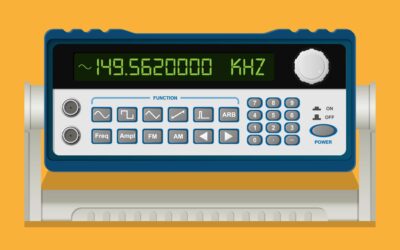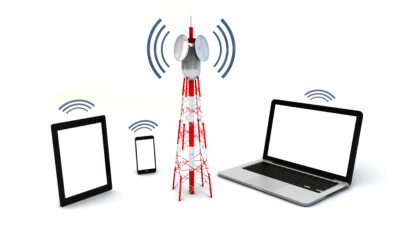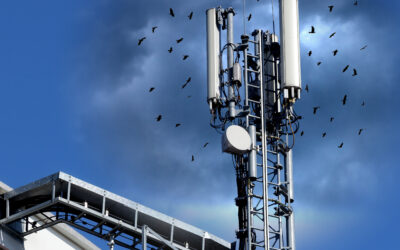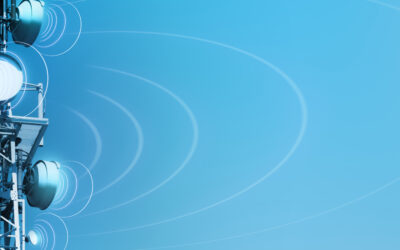DTS – Distributed Transmission System or SFN (Single Frequency Network)
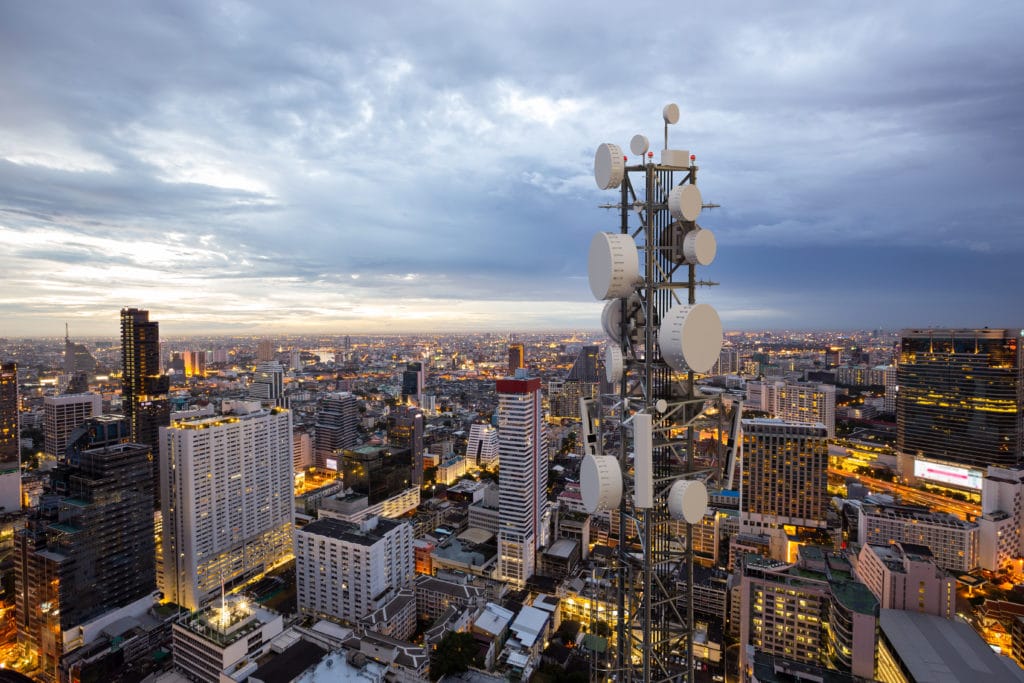
Back in analog television days, on-channel boosters were sometimes used to fill in gaps in a full-power station’s coverage due to terrain blockage. Engineers had to be extremely careful to place the booster’s transmitting facility on the desired coverage side of the mountain and feed it from the main station through a microwave relay, since it could not get an off air signal due to the terrain impediment. This would ensure that the booster’s co-channel interference would not affect the coverage of the main station and vice versa. If the terrain blockage wasn’t sufficient to keep the entire booster signal out of the main station’s coverage area, significant interference to the reception of the main station often resulted. The only FCC requirement was that the Grade B contour of the booster had to be located within the Grade B of the main station. No interference study was required.
When television transmission moved into the digital era, the concept of Distributed Transmission Systems was developed, proposed to the FCC and ultimately adopted by the FCC. Merrill Weiss, a consulting engineer, was the prime proponent of this new system (I call him the DTS Godfather). These facilities took advantage of a concept called group delay, which when applied appropriately to each transmitter site (main and DTS) would allow the new “on-channel boosters” to operate without causing as much interference between the main station and each DTS “node” or transmission facility. This would supposedly allow for the placement of multiple DTS nodes within a full power station’s noise-limited service contour, without the need for terrain shielding. And, by tweaking the group delay on a given transmitter, one could theoretically change the location and size of the interference area caused to other nodes and the main station. After much testing and implementation on various stations, the interference situation was often found to be less than tolerable and many DTS facilities were decommissioned. This was primarily due to the fact that television receivers could not overcome the reception of two signals arriving at the set at slightly different times (one from the main station and one from the DTS node). The systems that were successful (IMHO) were ones that did have significant terrain shielding between the main facility and the DTS node, like in the analog days of boosters. I have a couple still operational. One of them is in Hawaii, where one station serves the windward side of the island and the other serves the leeward side and the there is a huge volcano separating the two stations.
The FCC currently has certain requirements for operating DTS facilities (Section 73.624):
(1) The combined coverage from all of the DTS transmitters must cover all of the applicant’s authorized service area (this is always accomplished when a station keeps operating its main facility).
(2) Each DTS transmitter’s coverage must be contained within the union of the DTV station’s Table of Distances area (an arc of a certain distance (depending on the operating channel) originating from the main transmitter site) , the main station’s authorized service area, or an arc distance defined by the largest station in the market.
(3) Each DTS transmitter’s coverage must be contiguous with at least one other DTS transmitter’s coverage.
(4) The coverage from one or more DTS transmitter(s) must provide principal community coverage.
(5) The “combined field strength” of all the DTS transmitters in a network must not cause interference to another full power or Class A station in excess of 0.5% of that stations service population.
(6) Each DTS transmitter site must be located within either the DTV station’s Table of Distances area or its authorized service area.
Because a given DTS facility’s service contour cannot extend beyond the service contour of the main station, the DTS facility’s transmitter site cannot be located near the edge of the main station’s service contour with any appreciable power or height (i.e. coverage). This is because all directional transmitting antennas have some radiation in the back or null region of the pattern. And, while there is theoretical coverage in that direction, the reality is that nobody can reasonably pick up the signal back there. So, there continue to be gaps in coverage at the edge of a full-power stations coverage contour, even when a DTS facility works properly.
With the advent of ATSC 3.0, a completely different television transmission standard than the present ATSC 1.0 standard, it is believed that DTS facilities stand a much better chance of success. Indeed, theoretically, multiple DTS nodes can be deployed within a station’s coverage area and saturate that area with strong signals from multiple transmitter sites. This is a concept similar to that of cell phone networks. The “densification” of the television signal will increase indoor and mobile reception.
The FCC has recently proposed expanding the coverage allowance of DTS facilities located near the edge of the station’s coverage area in the following way : instead of limiting a DTS node’s service contour to residing within the main station’s service contour, the new requirement will mean keeping the DTS node’s 36 dBu f(50,10) interference contour within that of the main station (and assuming this node (and the entire DTS facility) meets the interference standards to other full-service stations. Such a change in the DTS rules will potentially allow significant flexibility in a station’s service to people living in the fringe areas of the station’s main service contour.
Currently, there are no DTS rules for LPTV stations. The only mention of DTS for such stations is that Class A stations on the same channel can band together to form a DTS facility. This is not really very helpful. How many co-channel Class A stations are located close enough proximity to create a network?
In our opinion, we need to get the FCC to adopt DTS rules for LPTV stations. These might include the following:
- The 51 dBu contour is the defined service limit for LPTV. No Table of Distances or LSIM allowance.
- All DTS sites must be located within the 51 dBu contour.
- Allow additional (5 km?) coverage outside contour or adopt the 36 dBu interference contour allowance proposed for full-power stations.
- The combined system must meet the FCC’s interference rules (0.5% for full-service/Class A; 2% for LPTV)
For DTS to work properly for LPTV stations, it is critical that those stations operate with the new ATSC 3.0 transmission standard. And, LPTV and Class A stations that can implement both ATSC 3.0 and DTS facilities can promote themselves as “lighthouse” facilities to full-power stations in the market looking for a station to place their ATSC 3.0 programming. [It is important to note that LPTV stations cannot realistically promote their operation for placement of full-power ATSC 1.0 programming while the full power station converts to ATSC 3.0 because of the generation of significant “loss” area population to the full-power ATSC 1.0 programming by going to the much smaller coverage of the LPTV station.]
Existing LPTV stations will likely be unaffected (from an outgoing interference standpoint) by implementation of DTS nodes by adjacent-channel full-power stations. That’s because, generally, the higher the signal strength of an adjacent-channel victim station (full-service), the less interference from the affecting (LPTV) station.
Full-service co-channel nodes may require reconfiguration of LPTV stations but affected stations may have opportunity to partner with the full-power station to extend that station’s coverage reach beyond what the FCC Rules would allow under the DTS Rules.
Recent Posts
- The Impact of Radio Frequency Radiation on Everyday Living
- RF Safety: The Silent Protector of Wireless Communication
- How RF Signal Generators Drive Effective Testing Practices
- How Radio Frequency (RF) Testing Enhances Connectivity and Reliability
- The Importance of RF Education in Today’s Tech Landscape


